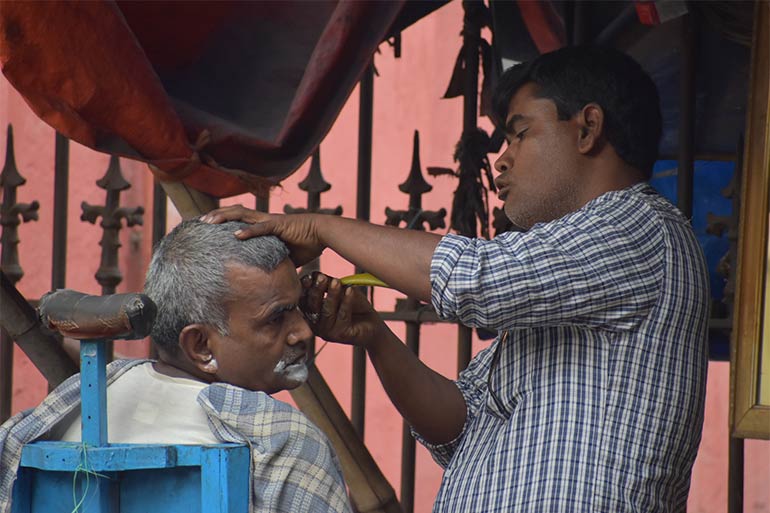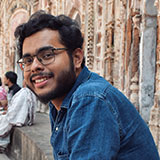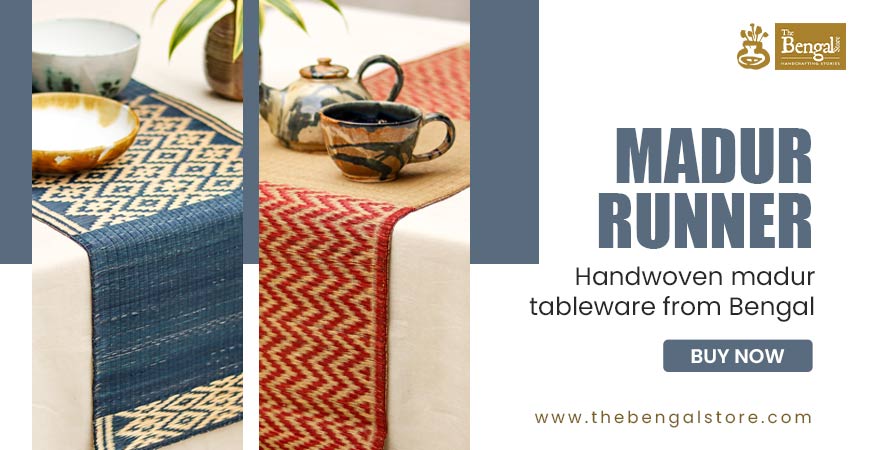The legacy of the age old Selun in Kolkata – GetBengal story

Turning up the volume of the song, Mantu continues his hair-trimming work. His one hand is engaged with the scissors, and the other one is busy with a decade-old comb. When the comb was used for the first time, Ashoka the Great was ruling India. The trimmed hair is falling in a gentle metallic rhythm. The concentrated eye and the experienced hands are gathering rounded commas and the wave of semicolons.
The area of the Salon was not a large place. It is a small shop at the corner of the footpath. The room includes a chair, a wooden bench, a mirror on three sides, a wash basin, and a table. That is all in that family.
Occasionally, the melody of old Hindi songs of Rafi, Manna, and Kishor comes through. Neele Neele Ambar Par/Chand Jab Aye/Pyar Barsaye, Hamko Tarksaye…”. The environment was blended with a subtle giggling and also sometimes hardcore debates. The vibrant mornings of Saturdays and Sundays wake up in that manner in the narrow lanes of North Kolkata.
Kolkata is an ancient city, made up of three villages and known as “Mahanagar”. Every lane and road of this city has witnessed a bunch of eras. Many kings have ruled and gone. Balancing the pace with the flow of time, numerous positions and powers got changed. But was that only about kings, leaders, politicians, and the war of power? The conventional history has remembered them only. But beyond this, there exist larger sides of contemporary society which remain outcaste. Therefore, we should break the boundary of Elitism. It is high time to bring the marginalized people back into the mainstream.

Hairdressers came into existence in the era when human civilization started becoming aesthetic. Being presentable by trimming hair and beard is a reflection of artistic taste. In English, it is called “Aesthetics”. In the Vedas, we find references to barbers. The Purusha Sukta of the tenth mandala of the Rigveda divides society into four varnas: Brahmin, Kshatriya, Vaishya, and Shudra. According to the famous Shastra “Bibadarnabosetu”, Barbers are believed to be born from the offspring Kshatriya and in the womb of a Shudra. On the other hand, as per the Parashara system, a child born from the intimacy of a Brahmin male and a Shudra female is considered non-Sanskritized and is referred to as a barber.
“Shudrakanyasamutpanno Brahmanena tu Samskritah. Samskritajna Bhaveddaso Hyasamskarais tu Napitah.”
At that time, men also used to be presentable like women. Every three days, the men used to clean their faces at the salon. Apart from this, they also used to focus on overall physical cleanliness by shaving their armpits and chest. Most people preferred to clean their whole body to keep it hair-free, every four days.
At that time, Barbers were highly respected professionals in society. Despite being Shudras by caste, other people were open to consuming the Barbers' food. Barbers used to play crucial roles in every stage of life in that contemporary society, from the hair-donation of newborn babies to bereavement. They were also involved in Ayurvedic Treatment and the Judiciary. At that time, to humiliate a minor offender, half of their hair or mustache was often shaved off, which was done by barbers. In the 16th-century text Kavikankan's Chandimangal, Kalaketu punished Bhadru Dutta in the same way.
In that era of old Kolkata, we find references to two types of barbers. One is those who roamed around with their toolboxes, traveling to different markets. Wherever a weekly market is organized, they would arrive with their group. These markets were known as "Napte Hata". On the other hand, the second type was involved in many wealthy households, barbers were employed with a fixed salary. Like other household servants, they stayed there. Besides cutting hair, they also work for various other tasks. Tasks like massaging the body, applying oil, and preparing tobacco were also part of their duties.
In Swamiji’s brother Shri Mahendranath Dutta’s book "Kolikatar Puraton Protha O Kahini" (Old Traditions and Stories of Kolkata), we find a fascinating description of barbers.
He writes: "The barber in our house received one rupee, a dhoti, and a shawl during Puja, along with another rupee during the Charak festival. This was his annual salary. He would shave everyone in the household and serve tobacco until 9 AM. The old barber, Jodo Napte, would not go anywhere else in the morning. However, through small duties like delivering gifts, massaging newly arrived sons-in-law with oil, and having direct access to the storehouse, along with receiving tips from visiting clients, he managed his life quite well. He did not need to look for work elsewhere. In this way, many poor families survived for generations with the support of wealthy households. The salary was minimal, but he often received extra food and gifts."
In the past, in any celebration, letters were sent to inform others. Barbers played a key role in delivering news about those events. This system created a fascinating parallel communication network alongside the Indian postal service. For weddings, barbers not only delivered invitation letters but also carried gifts and sweets. If sweets were sent in earthen pots, they were sealed tightly with a clay lid and flour paste to keep them safe. This sealing method was popularly known as "Olop." Researchers believe that the phrase "Mukhe Olop Aata" (meaning to remain silent) may have originated from this practice.
If the barber was a man, then his wife used to take responsibility for the inner chambers of the house. Back then, that was like the beauty parlours of the current era. From scrubbing feet with pumice stones, applying alta (red dye) on feet, plucking armpit hair, lancing boils, and even stitching wounds, all these tasks were done by those barber-wives. According to renowned Kolkata researcher Sri Haripada Bhowmik, the first modern barbershop in the city emerged around 1870. These small, European-style salons were more than just grooming centres, they became social hubs. Conversations from global affairs, world wars, politics, and independence movements to films, sports, and even gossip used to take place in those addresses.
In present-day Kolkata, we generally find three types of haircutting units. Luxury, air-conditioned parlors for the wealthy. Middle-class salons that are affordable and functional. And cheap roadside barbershops, commonly known as ‘Italian’ shops. In areas like Bagbazar, Shyambazar, and Sobhabazar, the latter two types are more common. However, the tools remain the same, which are brushes, combs, soap, razors, scissors, hair dye, and a piece of alum. In high-end salons, you might find combs instead of wooden brushes, shaving cream instead of soap, and scented aftershave replacing alum.

Entering a North Kolkata salon feels like stepping back into the 1980s. Time seems frozen there. Walls are covered with posters of Mithun Chakraborty and Amitabh Bachchan. Some corners deliver a strong Tarapith vibe. An idol of Goddess Tara, covered with fresh red flowers, with incense burning in front of it. Ramprasad’s devotional songs play in the background. Most of these salons are run by non-Bengalis from UP-Bihar or Bengali subaltern communities. Some families have been in the trade for three generations, while others have been for seven. In Kolkata, festivals are year-round. Weekends, Valentine’s Day, wedding season, and the days leading up to Durga Puja bring a rush of customers. Almost every family in North Kolkata has their personal-preferred salon, where generations of men like fathers, uncles, and sons have always chosen the address. Regular customers don’t have to wait long. There is even a small discount for familiar faces. But if their usual shop is closed, they struggle to find a good alternative.
Times are changing. The world around us is evolving rapidly. Standing in the midst of this overwhelming globalization, North Kolkata’s once-thriving salons are barely holding on. Many have disappeared. Some have locks on their doors, while others are struggling with the marks the modern culture. Many barbers have left the profession. The next generation is reluctant to continue the trade. Yet, at the end of the day, these small salons hold so much nostalgia. In a city deeply rooted in emotion and tradition, people still prefer their neighborhood barber shops. Whether it’s the old oil massage and hair dye or today’s trendy fade cuts and colors, these salons have adapted to it all. Even today, these small, close-knit barber shops remain a center for all ages, conversations, and emotions. They continue to preserve the warmth of community, culture, and nostalgia.










